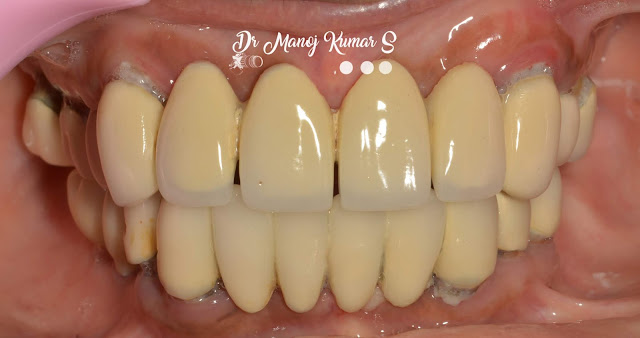Publication 2: Marginal fit and microleakage of cast and metal laser sintered copings—An in vitro study
Purpose
This study aimed to compare the marginal fit and microleakage of metal laser sintered Co–Cr alloy copings and conventional cast Ni–Cr alloy copings using a stereomicroscope.
Methods
Forty extracted maxillary premolars were randomly divided into two groups. One group was subjected to coping fabrication using conventional lost wax (LW) technique while the other group was subjected to coping fabrication using metal laser sintering (MLS) technology. The marginal fit of these copings were compared before and after ceramic addition using images obtained with a steromicroscope and an ImageJ analysis software. All the specimens were cemented using Type 1 glass ionomer cement and were subjected to thermocycling. The specimens were evaluated for microleakage using stereomicroscope and 2% methylene blue die used as a tracer. The data were subjected to statistical analysis using paired t-test, Mann–Whitney test and Chi-Square test.
Results
The mean marginal fit of copings before and after ceramic addition in Group B (MLS) was better than the copings in Group A (LW) and was statistically significant (P < 0.05). The influence of ceramic firing had a significant (P < 0.05) increase in mean marginal gap in Group A (LW) but not in Group B (MLS). And the difference in mean microleakage between the groups was not statistically significant (P ≥ 0.05).
Conclusion
The copings fabricated using MLS technique had a better marginal fit and an observable decrease in microleakage when compared to the copings fabricated using the conventional lost wax (LW) technique.
For complete reading : https://www.sciencedirect.com/science/article/abs/pii/S1883195814000887



Comments